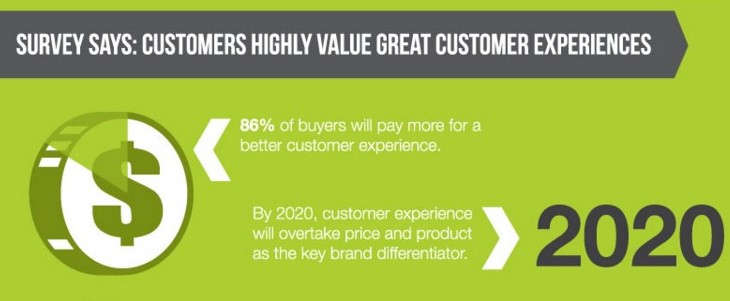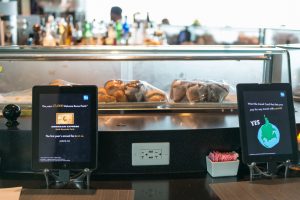Design an omnichannel customer experience that increases engagement and conversion
Kids selling lemonade on a hot summer day at a busy street corner make more money than those who set up shop at a deserted spot on a wintry morning.
And as the saying goes, you don’t sell ice to an Eskimo.
These are simple yet fundamental lessons in sales and marketing—you need to be in the right place at the right time to sell the right product to the right people.
Of course, it’s exponentially more complex in today’s marketplace where consumers are interacting with brands on multiple channels, both online and offline, at various stages of their customer journey.

Not only do businesses need to design a seamless online experience but they also have to make sure it extends into their brick-and-mortar presence, and vice versa.
To successfully connect all the customer touch points, you need a holistic approach to your marketing and promotion strategies.
Omnichannel Marketing — Putting All the Pieces Together
Omnichannel marketing is a strategy for delivering seamless and consistent customer experience across channels and on different devices so each interaction builds on the previous one to effectively move the audience along the customer journey.
The key to omnichannel marketing lies in understanding who you’re communicating with across channels (website, emails, social, apps, call center, stores, ads, etc.) and then connecting those channels to give individuals what they want. (Hubspot)
A survey found that 47% of shoppers who engage with a retailer across 10 or more channels make purchases from its website at least once a week, compared to just 21% for those who engage up to four channels.

In addition, companies with omnichannel customer engagement strategies are able to retain 89% of their customers, compared to 33% for companies with weak customer engagement strategies.
Since omnichannel marketing involves the strategic coordination of multiple customer touch points, you can’t just throw some spaghetti on the wall and hope it will stick.
Here’s how to make omnichannel marketing work for your business:
- Take stock of all your customer touch points (e.g. website, email, social media, call center, store) and understand how your audience interacts with each of them (e.g. making a purchase, looking for support, sharing reviews, and comments)
- Leverage customers’ geographic information to deliver localized content and offers
- Design personalized promotions based on customers’ past purchases and recent interactions with your brand
- Develop a consistent brand identity and brand voice to deliver a cohesive user experience across all channels
- Offer product recommendations based on items customers have viewed or purchased
- Deliver relevant content to each customer segment based on their preferences and customer journey
- Keep all your channels active and interact with customers on their preferred platforms
- Use an omnichannel marketing software to consolidate customer information from all touch points and create a single 360-degree customer profile to inform future interactions
- Audit your existing systems, such as your POS software, to make sure the data can be integrated into your omnichannel marketing software
- Provide your salespeople (e.g. in-store, call center, live chat) with access to the master customer profiles so they can have the necessary context to delight your customers. At the same time, ensure that they record their customer interactions onto the centralized platform for future reference
Simply showing up in front of your customers with a mass marketing message is no longer enough in today’s marketplace.
To stay ahead of your competition, you need to deliver the right message that speaks to your customers’ relationship with your brand and where they’re at in the customer journey. Doing so allows you to add value and build trust by being relevant all the time.














![[Case Study] Successful Application Of Omnichannel Personalization To the Restaurant Industry](https://nectarom.com/wp-content/uploads/2017/08/Restaurant-300x200.jpg)












